New Jersey high school U.S. history teacher Allyson Saladino wrote to tell us about her use of our lesson, “How We Remember.” She said,
In lieu of a traditional mid-term exam for one of my U.S. History I classes, I had them complete the Zinn Education Project activity “How We Remember.” I had read How the Word Is Passed by Clint Smith last year and was blown away by how the history is handled at many of the highlighted locations and his extreme attention to detail.
I’ve since used excerpts from Smith’s book in class, but this lesson had the students use the text in a way that required them to interact with the sites, as well. The commemorations were thoughtful and the students did an incredible job bringing justice to the history of enslavement at those locations.
In the lesson, students receive facts about each of the locations in How the Word Is Passed and imagine how they might commemorate what occurred there. If time allows, students can supplement these fact sheets with their own research. Each instruction sheet for students encourages them to think beyond traditional museum remembrances — although museums themselves needn’t be the staid, neutrality-feigning sites of yesteryear. As Smith points out in the book’s Epilogue, the National Museum of African American History and Culture “recognizes that Blackness is not peripheral to the American project; it is the foundation upon which the country is built.” That is the sensibility we hope students will bring to each of their commemoration proposals.
Here are some examples from of the commemorations designed by Saladino’s students:
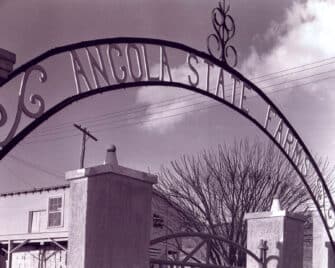
The students who were assigned Angola created a script for a guided tour. They included images and provided visuals to go along with the script. The brutal facts of Angola as a plantation and as a prison were presented. In the end, “visitors” were encouraged to sign a petition to close Angola. The plan was to make it a museum that focuses on the history of Black Americans’ struggles both during and after enslavement.
The students assigned New York City created three works of art to display in Central Park as a way to commemorate work of Black abolitionists and Seneca Village. One work of art was a 3-D rendering of a bed with turned down bedding and a doll on the floor. It signified the upending and displacement of the Seneca Village community.
The students assigned Monticello created a sculpture that highlighted a number of the enslaved at the plantation. The sculpture included silhouettes of mothers and fathers and beads to represent their children. The purpose was to highlight family separation. On the top of the sculpture was a representation of Monticello — placing it on top of the enslaved was meant to demonstrate that Monticello and Jefferson’s success came at the expense of the enslaved.
Saladino added, “Thank you for such an engaging and important activity. I look forward to using it again in the future.”
Please share your story of using How the Word Is Passed lessons. We can send you copies of the book in appreciation.

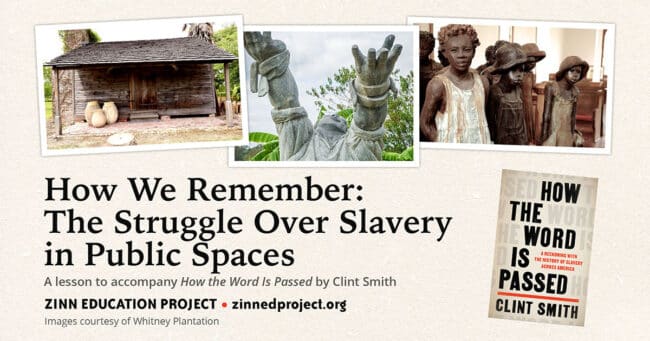
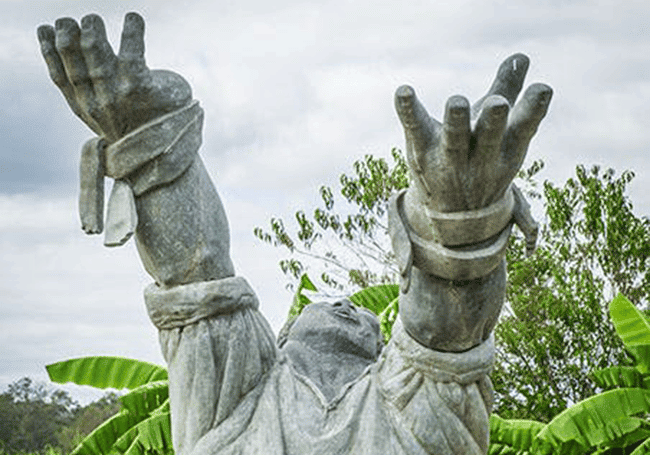
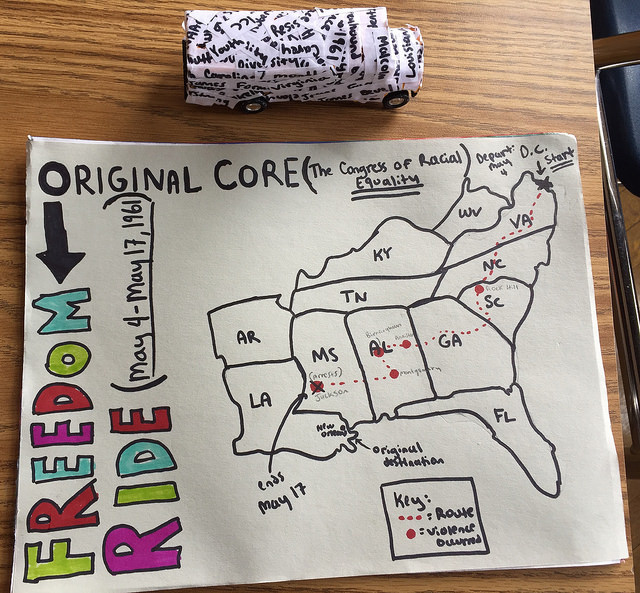
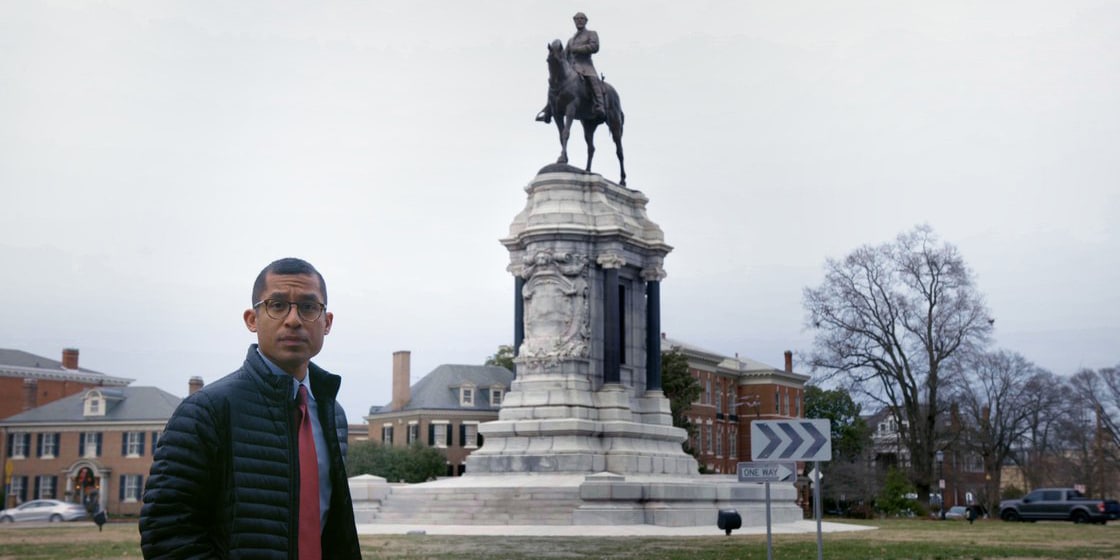





Twitter
Google plus
LinkedIn